The concept of digital twins traces its origins to product development and simulations of the behaviour of physical objects. It emerged from manufacturing and prototyping such as those conducted by NASA and Formula One racing cars. The digital object that forms the twin looks the same and behaves the same as the “real” object, and so the digital twin can provide simulations and predictions.
The application of digital twins not only provides accurate representation of complex objects but also enables interaction between them. We can examine how the digital twin of an object bears relevance to the digital twinning of the environment in which it operates and investigate the impact and influences of the contextual environment on the object. So, digital representations of different aspects of the city can be built that can be linked together to provide key insights on new proposals for the city.
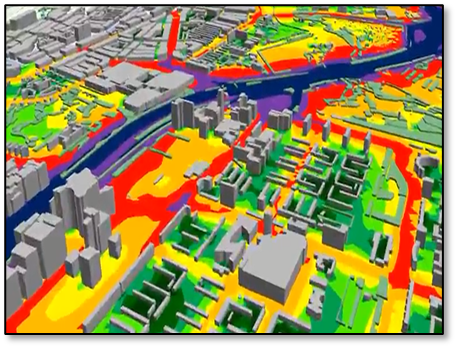
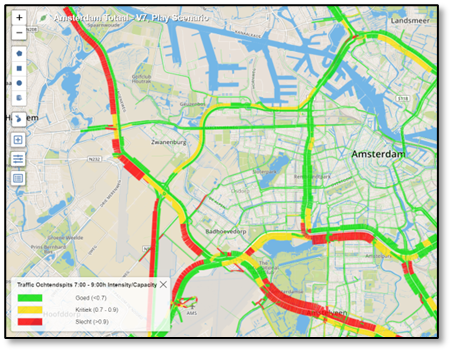
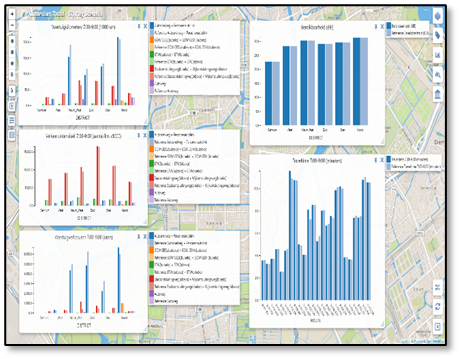
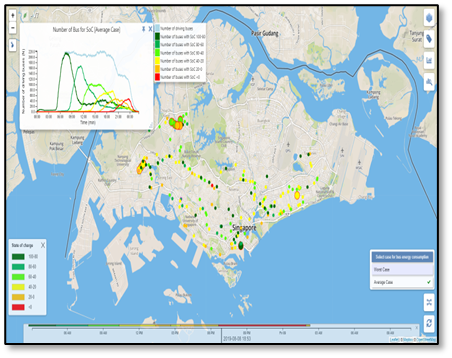
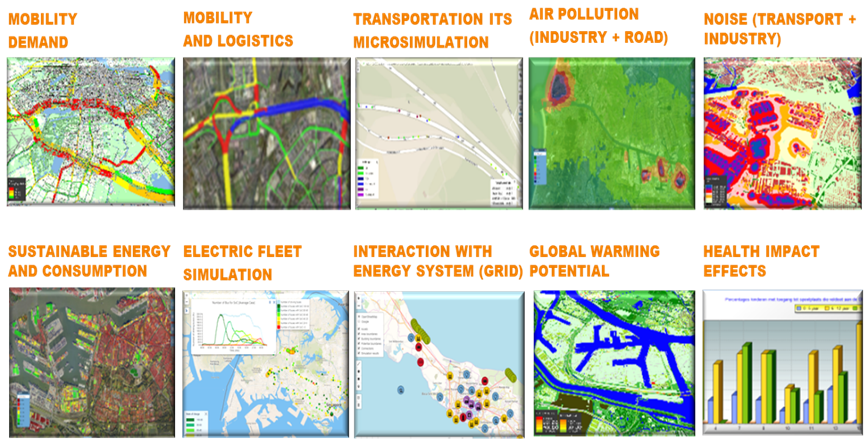
Examples of different ways to simulate and measure impact with Urban Strategy (TNO)
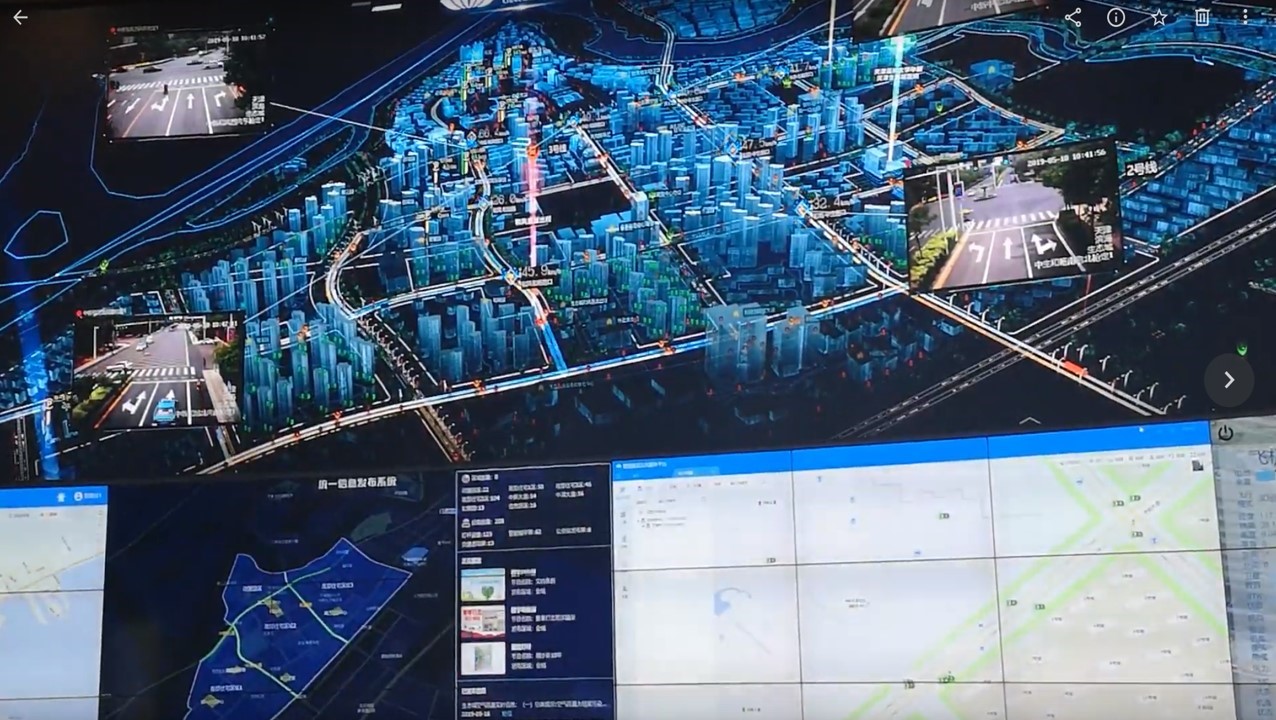
The Digital Twin in Tianjin Ecocity, China
The Living-in.EU initiative defines local digital twins as: a virtual representation of a city’s physical assets, using data, data analytics and machine learning to help stimulation models that can be updated and changed (real-time) as their physical equivalents change.
A local digital twin allows the simulation of plans before implementing them, exposing problems before they become a reality. In this way, it is possible to find the best strategies to achieve a specific goal, or strategies that have similar effects while minimizing budget and resource usage.
The digital twin can also provide real-time monitoring and proactive control and predictive maintenance by data analytics, enabling cost and downtime reduction, along with many other benefits.
For a city, a local digital twin representation should contain three pillars; data, simulation models (i.e. analytics) and modes to visualize the results and interact with them. A local digital twin integrates all these aspects in a single framework allowing a much more effective performance to city planning as it allows to provide an accurate representation of how any proposed changes will look and what the impact of any changes are. For example, the effects of road closures on noise and air quality. Therefore, making the decision-making process also more accessible e.g. between local communities and stakeholders to provide informed discussions on any new proposals.
When moving towards net zero, a city may have many kinds of cross domain problems, such as the need to balance the impacts of embedded carbon with the potential future energy savings involved in replacing old buildings with new and more energy efficient ones. To solve these, the digital twin systems in various domains should be designed scalable and future-proof as it is expected that over time more domains, more simulation models and more data will be added.
Comments ()